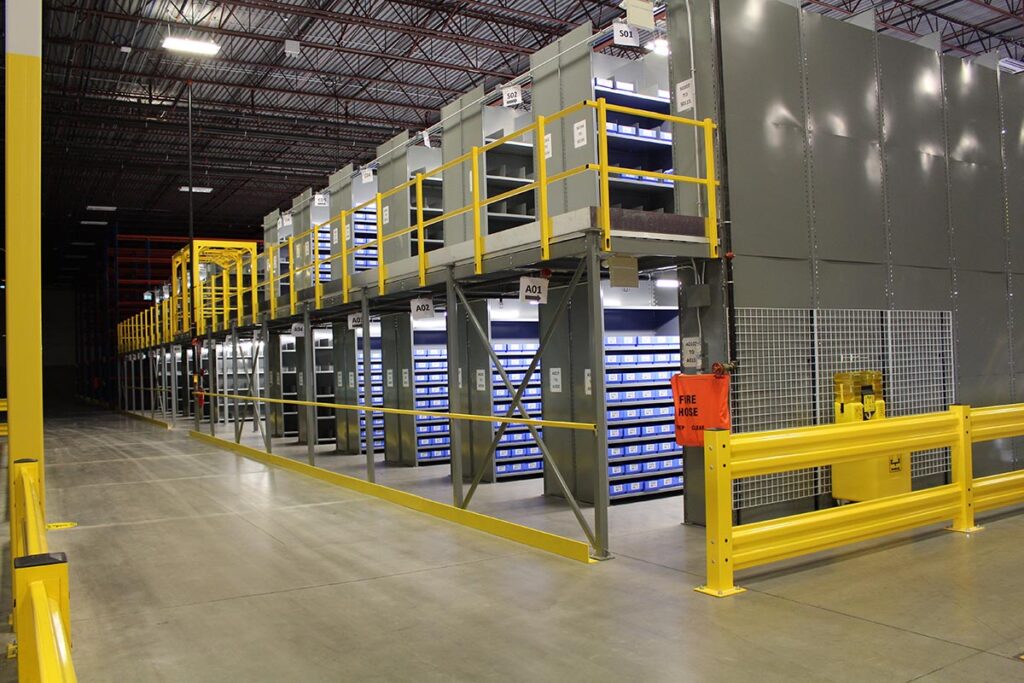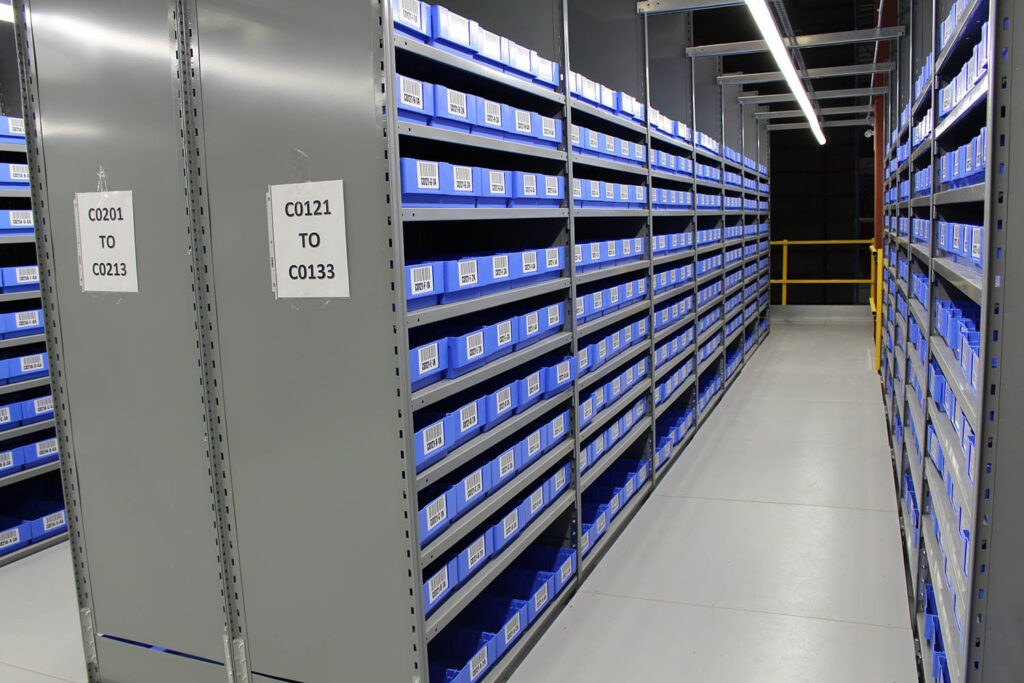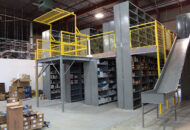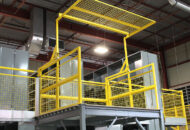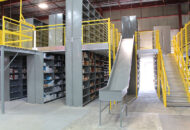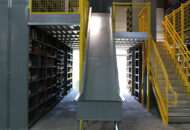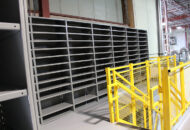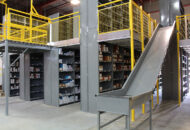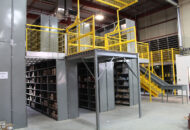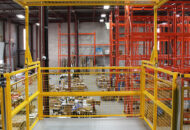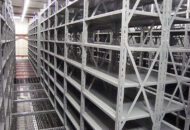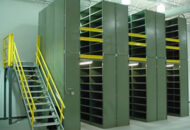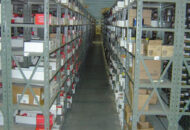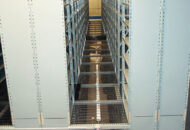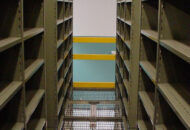Multi-Level storage shelving
Get a Free On-site Assessment and Quotation
Maximizing Your Warehouse Efficiency
Unlock the potential of your warehouse space with our advanced multi-level shelving systems. Designed to surpass your expectations for additional storage, our systems ingeniously maximize your existing floor space. By integrating our innovative floor and cross aisle channels into your setup, you can elevate your storage capacity without the need for a larger facility. Our systems, compatible with Metalware Interlok Boltless shelving and Wide Span systems, are the perfect solution for businesses seeking to expand vertically.
Elevate Your Storage with Multi-Level Shelving Solutions
Key Features of Our Multi-Level Shelving Systems
- Vertical Expansion
- Integrated Access Points
- Modular Design
- Diverse Load Capacities
- Safety Features
- Optimized Floor Layout
- Compatibility with Material Handling Systems
- Varied Shelving Options
Multi-Level Systems: maximization of vertical space
- Vertical Expansion: Leverage the height of your facility to increase storage capacity exponentially.
- Integrated Access Points: Seamlessly access your inventory at any level.
- Modular Design: Tailor the system to meet your unique storage needs and preferences.
- Diverse Load Capacities: From lightweight goods to heavy equipment, our shelves can handle it all.
- Safety Features: Prioritize the well-being of your staff with built-in safety measures.
- Optimized Floor Layout: Make the most of your available space without compromising on efficiency.
- Compatibility with Material Handling Systems: Integrate seamlessly with your existing warehouse operations.
- Varied Shelving Options: Choose from a range of shelving solutions to fit your specific requirements.
When and Where to Implement Multi-Level Shelving:
Multi-level shelving systems shine in environments where space is a luxury and efficient storage is a must. Ideal for facilities with limited floor space but ample vertical space, these systems can triple your storage capacity without expanding your footprint. They’re particularly suited for high inventory turnover, diverse inventory management, enhancing safety and security, and optimizing workflow.
Ideal Settings for Multi-Level Shelving Systems:
- Warehouses: Maximize vertical space and integrate with conveyors or lifts for efficient goods movement.
- Retail Stockrooms: Keep a wide variety of stock organized and accessible, crucial for peak sales periods.
- Libraries and Archives: Organize vast collections of books or records efficiently.
- Automotive Parts Stores: Store a wide range of parts, from small to large, in an organized manner.
- Manufacturing Facilities: Access parts systematically during the production process.
- E-commerce Fulfillment Centers: Handle a vast array of products for quick dispatch.
- Medical and Pharmaceutical Storage: Systematically store everything from everyday supplies to critical drugs.
Warehouse Catwalk Systems: The Ultimate in Storage Efficiency
Our warehouse catwalk systems elevate multi-level storage solutions by incorporating elevated walkways for safe and efficient access to higher storage levels. These systems not only increase your storage density but also integrate seamlessly into your existing setup, ensuring optimal space utilization and workflow efficiency. With safety railings, non-slip flooring, and accessibility features like staircases and lifts, our catwalk systems redefine warehouse storage efficiency.

